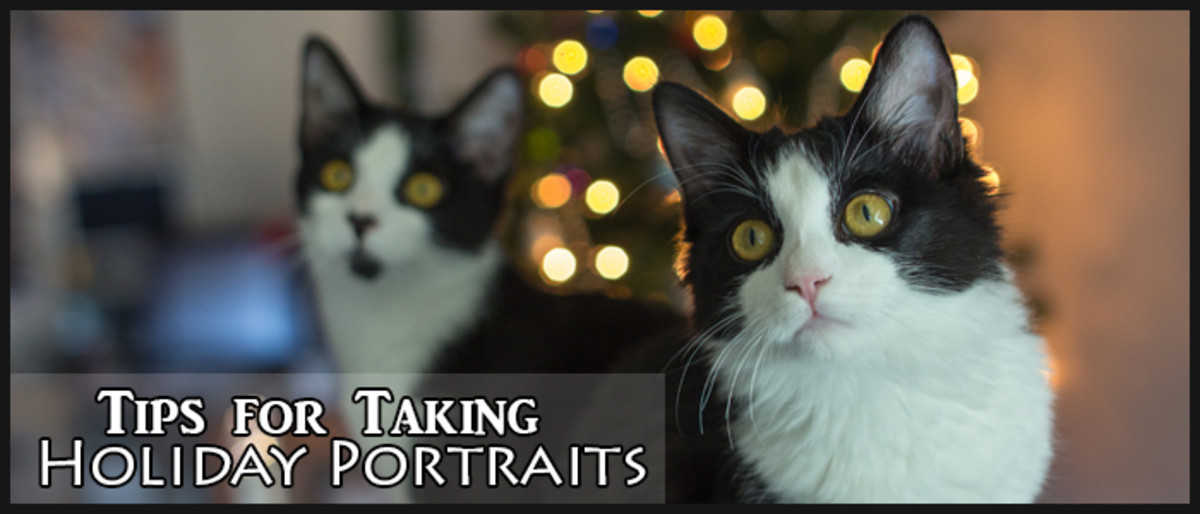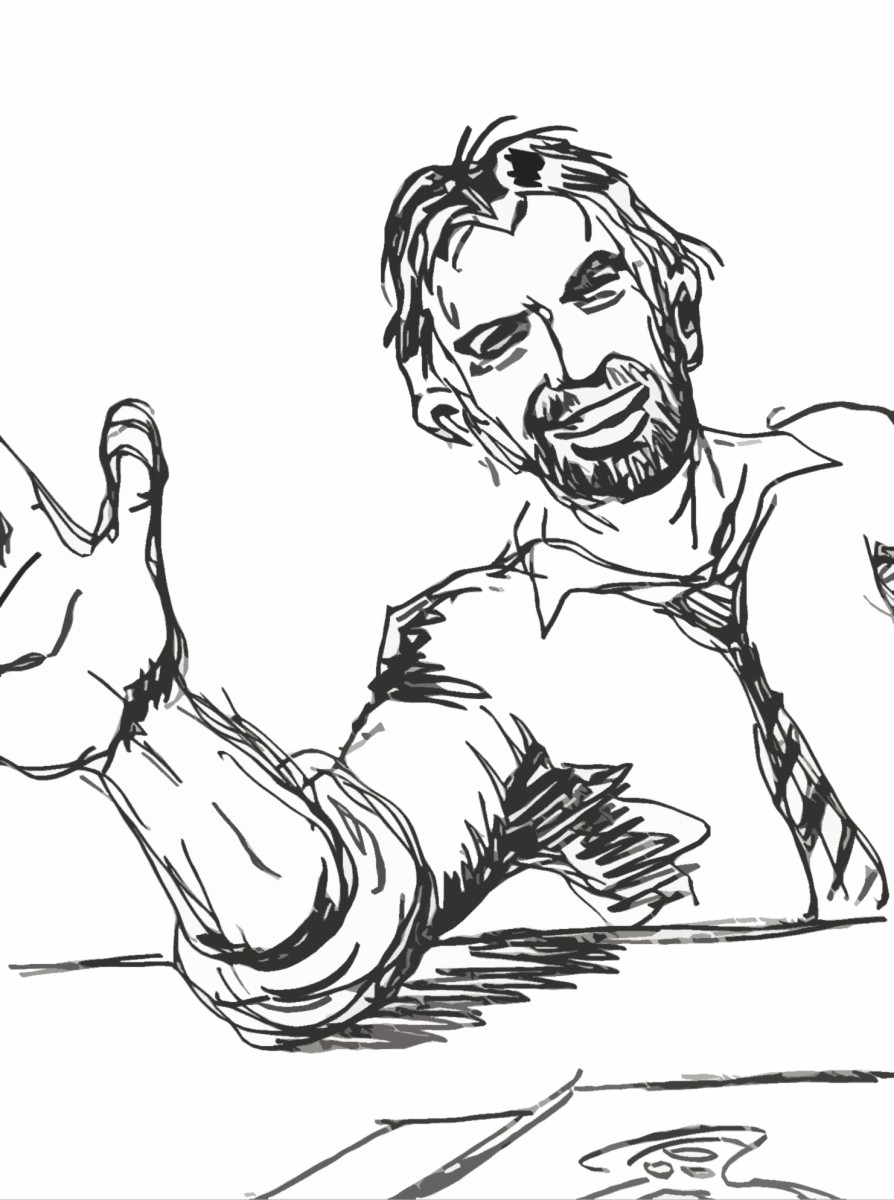Tips for Beginning Photojournalists
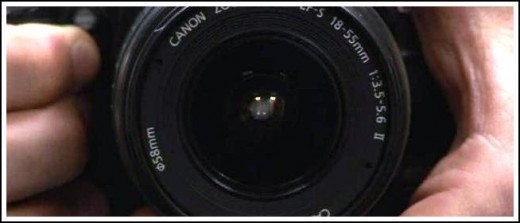

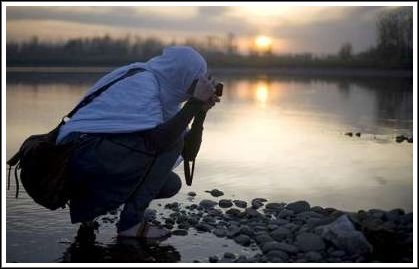
A photojournalist (PJ) writes and takes photographs, just as the name implies. They are reporters that take newsworthy photographs of people, sports, and places as well and community and political events. Many writers prefer taking their own photos. Who knows better what kind of art work should accompany a story than the author? However, in years past the combination could be demanding and time consuming, especially if there were deadlines to meet.
But, today’s modern photographic technology has eased the burden somewhat. No longer does one have to spend hours in a darkroom rolling film, developing, cropping, printing and drying prints. The digital camera has done away all that. Pictures are instantaneously ready for download and printing.
So, shooting professional photos is now easy and anyone can do it right? Wrong. There is a humorous line among PJ’s. It goes like this: “Wanted, talented individual willing to risk life and limb to get the best possible picture. And that is pretty much a good job description.

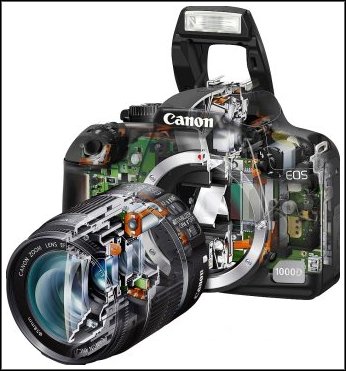
Although operating a digital camera is very much like working a camera from yesteryear it can require much more knowledge and skill. This article won’t deal with more advanced video options as it is basically for the novice.
But I will
say this, a good rule of thumb is: if it doesn't add to the fundamental
elements of the story, cut it. You must
be clear, concise and directly to the point.
Superfluous words, those not essential, should be eliminated. The acid
test for any written sentence is if it can’t be spoken in one breath without
exertion…it’s too long. Or, never make a
sentence longer than 37 words. As far as more writing tips for the beginner,
refer to: http://hubpages.com/hub/Tips-To-Better-Writing

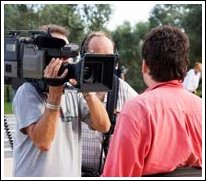
The same is true of composing photographs. Narrow the image to the subject, action and supporting evidence. You can choose different angles, longer lenses or distance. This will make the image more understandable. Again, the rule of thumb is: if it doesn't add to the image and story, crop it out. Cutlines, information related to the photo, should be limited to 1-3 sentences and contain only the bare essentials…who, what, where, when and sometimes how. Complex subject matter is no excuse for a complex sentence.
Keep it simple. A cluttered environment is also no excuse for a substandard image. Break the subject down to its elements and try to be original. An example of what not to shoot would be the standard “grip and grin” shot. Two people shaking hands while displaying their award, trophy, or whatnot. This is a boring photo. You should put the subjects in their natural habitat, office or work site and then candidly shoot them doing what they do. Place only required view in the background or foreground. The sharpest part of the image should focus on your subject.
A good photojournalist will get their supporting art work in one shot. Another opportunity may not present itself. Or, what happens if you only have one photo left? Shoot and edit a photo assignment in one image. PJ’s rarely get space to tell a full story with more than one image.
As far as good basic subject matter, most photographers find you can’t go wrong with children, animals and the aged. Moreover, getting in close to a subject and recording the fine details is always good advice. As a photojournalist your pictures will be more impressive if you get close. In news photography, however, your subjects may not fit into those categories.
Actually the most important key to getting good shots has little to do with your camera or lenses. It’s the location from where you take it. To make a good picture you have to choose the right spot. If you want good pictures no one else has they have to be taken from places no one else has stood. Get up above, get low.
Sure, long lenses look impressive, but use them for the jobs they were designed for such as classical portraits, sports and nature photography. Long lenses capture beauty, wide lenses capture emotions. A wide angle lens (below 50mm) will force you into the action and your picture will gain depth and emotion. Don't be afraid to get close.
The best pictures will tell a story on its own without any accompanying copy. Therefore it’s your job to add all elements of a story to your picture's composition. Sometimes a persons’ expression is enough to tell a story, but often additional elements are needed. For instance in the hand of the person a medal a athlete just won should be shown with them holding it. A photo will look more natural if the subject’s hands are busy.
But, before a PJ can do any of the above they must have a good working knowledge of their photographic equipment. So here are a couple of basics.
The amount of light recorded by a camera depends on the size of the lens opening, which is called the aperture. And the amount of time light is allowed to strike the film or sensor chip is called the exposure time.
The aperture opening is controlled by the f/stop or F-number. The exposure time is set by varying shutter speeds. With digital cameras it is also possible to vary its sensitivity to light by amplification. The amount of amplification is referred to as the ISO number.




